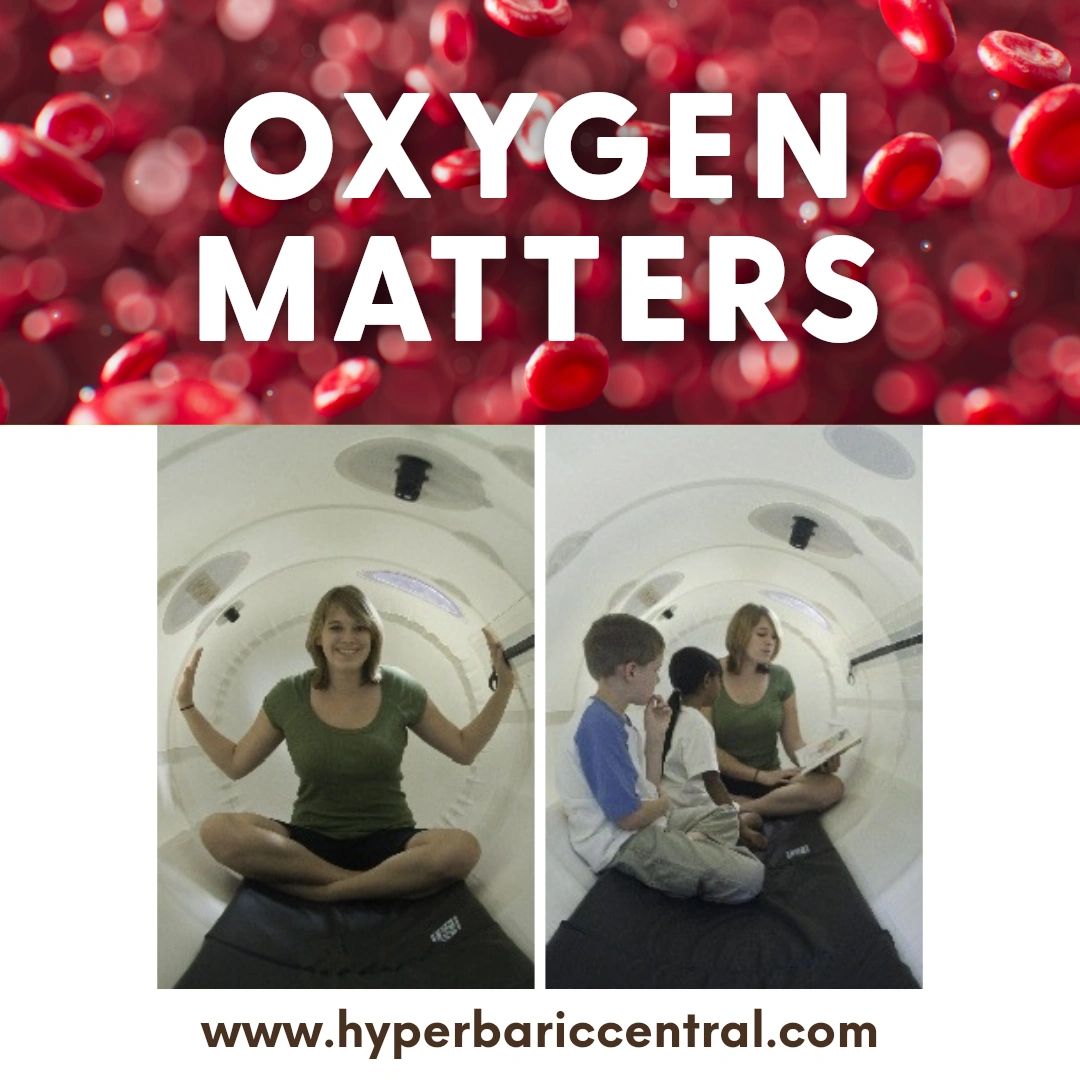December 8, 2023

HYPERBARIC TECHNIQUE: Short Cycling Dives
The Hyperoxic-Hypoxic Paradox :
Stem Cells
Stem cells (SC) are undifferentiated or partially differentiated cells that can differentiate into various types of cells and divide indefinitely to produce more of the same stem cell. In mammals, the major groups of stem cells include hematopoietic stem cells (HSC), which replenish blood and immune cells, basal cells, which maintain the skin epithelium, and mesenchymal stem cells (MSC), which maintain bone, cartilage, muscle and fat cells. There are also more targeted subgroups of SCs that include neuronal stem cells (NSC) that persist in restricted regions in the adult brain and continue to produce neurons throughout the person’s life. NSCs can generate nerve cells and their supporting cells, oligodendrocytes, and astrocytes [46]. In addition to their differentiation capacity, SCs have multipotent properties that include anti-inflammatory effects that make them potential therapeutic candidates for a variety of disorders .
– The Hyperoxic Hypoxic Paradox
As detailed above, hypoxia is the natural trigger for mitochondria metabolic changes via elevated levels of HIF, VEGF, Sirtuin, mitochondria metabolic changes, and SC proliferation, and migration. However, the understanding that at the cellular level, oxygen level fluctuations can trigger a cellular cascade that is usually triggered by hypoxia, allows the use of intermittent hyperoxia to stimulate tissue regeneration without the hazardous effects of hypoxia. This is termed the “hyperoxic-hypoxic paradox” (Figure 3).
Hypoxia-Inducible Factor![]()
![]()
![]()
![]() It has been proposed that the relative changes in oxygen availability rather than constant hypoxia or hyperoxia have a more dominant effect on HIF expression [53,54,55]. According to this hypothesis, the cells interpret the change from normoxia to hypoxia or the change back to normoxia following a hyperoxic exposure as an oxygen shortage and induce HIF-1-regulated gene synthesis [53,54,55]. Even though there is a growing understanding of the cellular cascade responsible for HIF expression (as detailed below), the precise level of inspired oxygen and the exact timeframe for its iterative administrations are not fully known yet.
It has been proposed that the relative changes in oxygen availability rather than constant hypoxia or hyperoxia have a more dominant effect on HIF expression [53,54,55]. According to this hypothesis, the cells interpret the change from normoxia to hypoxia or the change back to normoxia following a hyperoxic exposure as an oxygen shortage and induce HIF-1-regulated gene synthesis [53,54,55]. Even though there is a growing understanding of the cellular cascade responsible for HIF expression (as detailed below), the precise level of inspired oxygen and the exact timeframe for its iterative administrations are not fully known yet.
https://www.ncbi.nlm.nih.gov/pmc/articles/PMC7355982/
Comment
Share
Share on:
A free, open discussion group to explore hyperbaric oxygen therapy, compare home chamber brands, access expert info, and get exclusive member discounts.